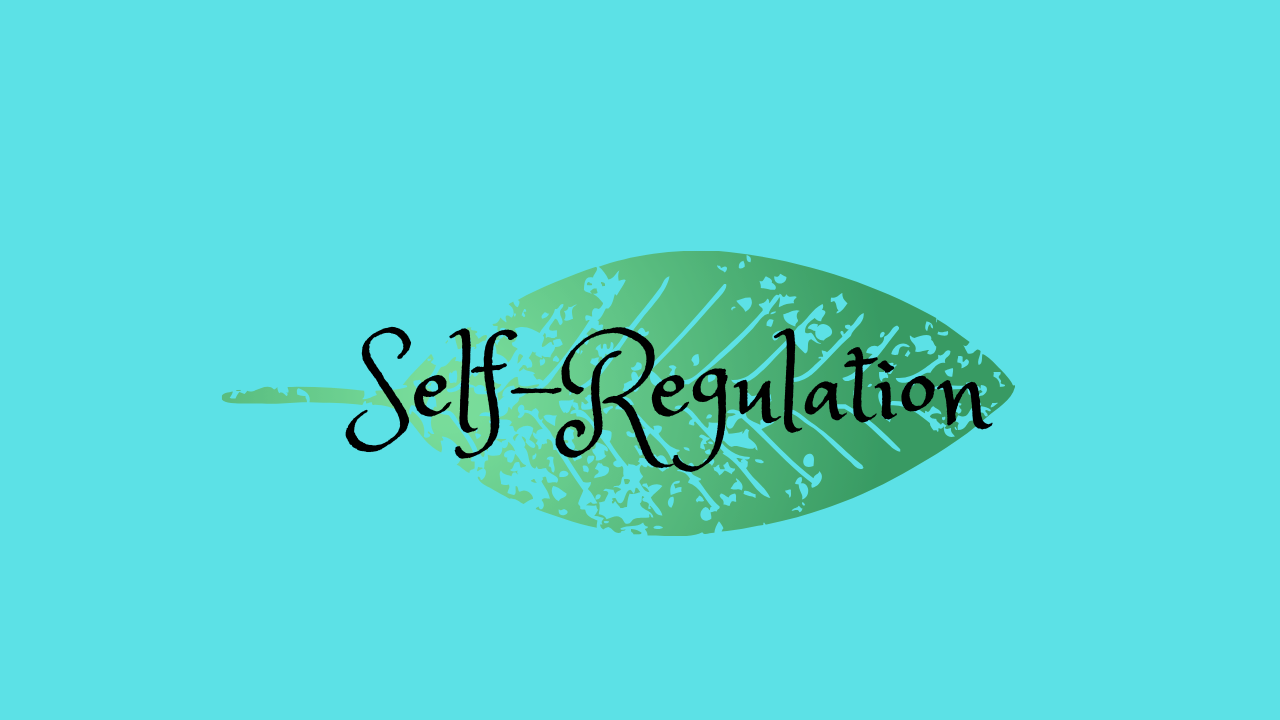The Ordinary Magic of Self-Regulation
There are few aspects of a child’s development that have a more immediate impact on the classroom than self-regulation. Sometimes called self-control, self-regulation is the ability to manage one’s emotions and actions…including the keeping of secrets!
As discussed here, it is often included in executive functions (EF), as well as the protective factors for resilience. Self-regulation skills have a developmental and physiological basis and are considered a key indicator for success in school (Center on the Developing Child 2011).
The children who can’t sit still during circle time, or who can’t stop themselves from shoving the child who bumps into their block structure, or who burst into tears when another child takes the marker they had planned to use: all are challenged with self-regulation. Indeed: all young children are still developing this protective factor for resilience! Children with certain temperaments are more prone to self-regulation challenges, as are children who have been exposed to toxic stress.
To better understand this, think back to high school health class, when you learned about “fight, flight, or freeze.” The stress response system that’s built into our brains is designed to keep us out of danger. So, the example goes, when your caveman ancestor saw a saber tooth tiger, his stress response kicked into high gear.
His limbic system, which controls emotions like fear, communicated directly with his brain stem, which controls his breathing, heart-rate and his survival mechanisms. He didn’t stand around, generating and evaluating possible solutions to his problem with his prefrontal cortex.
Instead, with all physical systems on “high,” his heart rapidly pumped blood to his extremities, his lungs filled with air, and he hightailed out of there with superhuman speed.
This worked for the caveman. Encounters with saber-tooth tigers were relatively rare and after his escape, the caveman’s bodily systems returned to normal and he went about this business.
However, when this same stress response system plays out for young children living with domestic violence, abuse, or inconsistent and non-responsive parenting, there is often not time for their bodily systems and brains to return to “normal” before the stress response is activated again. Over time, they develop hypervigilance: their limbic systems, and their “fight, flight, freeze or fawn” responses, are always ON.
This means that they not only tend to be reactive (and so more likely to over-respond to being bumped into or left out of a game, for example), but also that their prefrontal cortex and self-regulatory systems don’t have the chance to develop as efficiently. Hence: poor self-regulation and diminished executive function skills.
This impacts children’s ability to
form relationships,
solve problems and
learn, and
be part of a supportive classroom community.
And, since these are all protective factors for resilience, it reduces the child’s development in this area, as well. Further, the same brain systems involved with the stress response and self-regulation are implicated in the development of substance use disorder (Volkow, Janda, Nestler, & Levine, 2014).
In other words, without positive experiences which promote executive functions and self-regulation, these children are at greater risk of suffering from the disease in adolescence and adulthood, since their brains will be structurally more vulnerable.
Yikes. Understanding self-regulation means a whole lot more than just figuring out how to keep Johnny sitting in circle time…
Here are some resources to deepen your understanding of self-regulation. Lots of concrete examples for developing this important life skills can be found in the Fairytale Magic section of this website, too!




